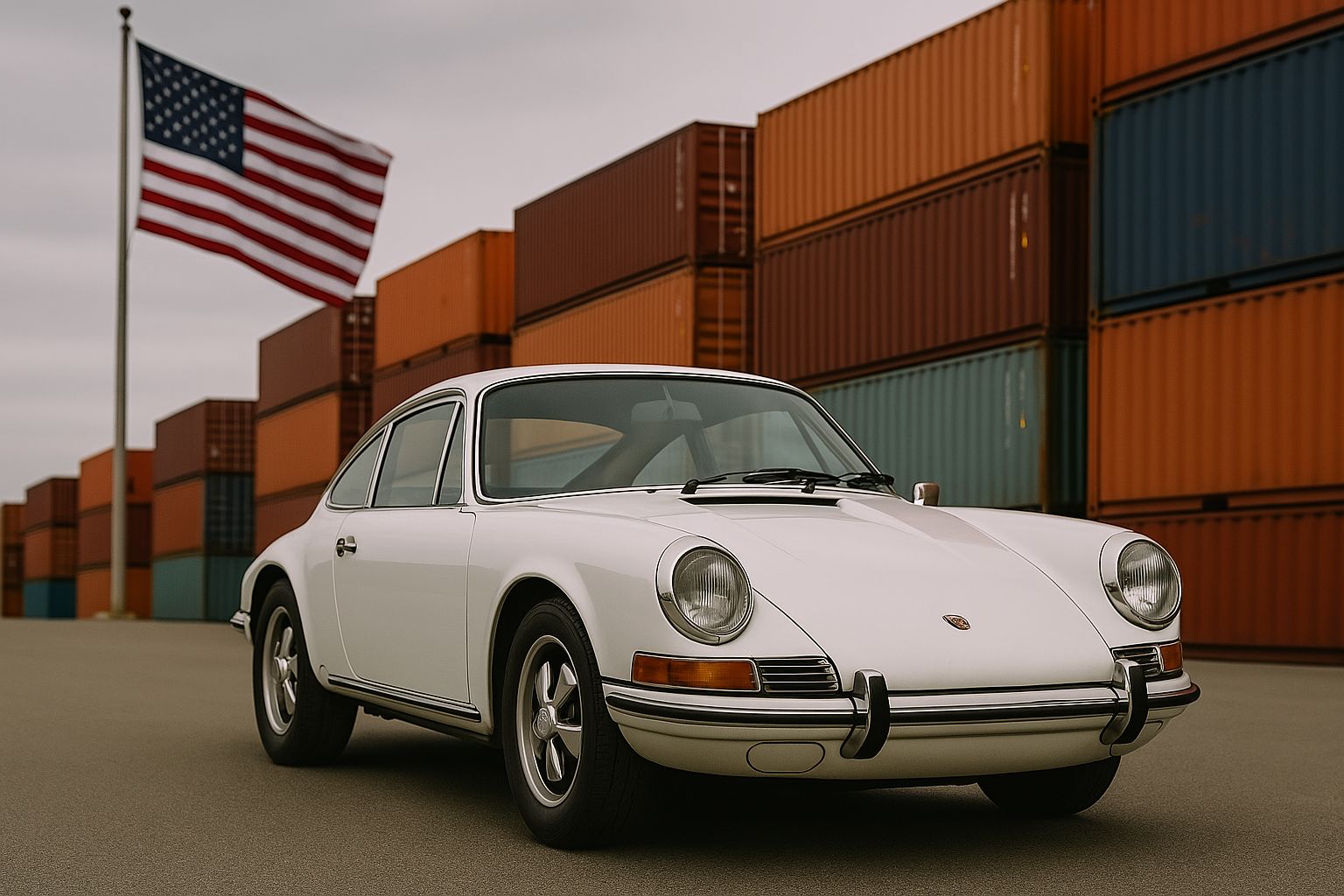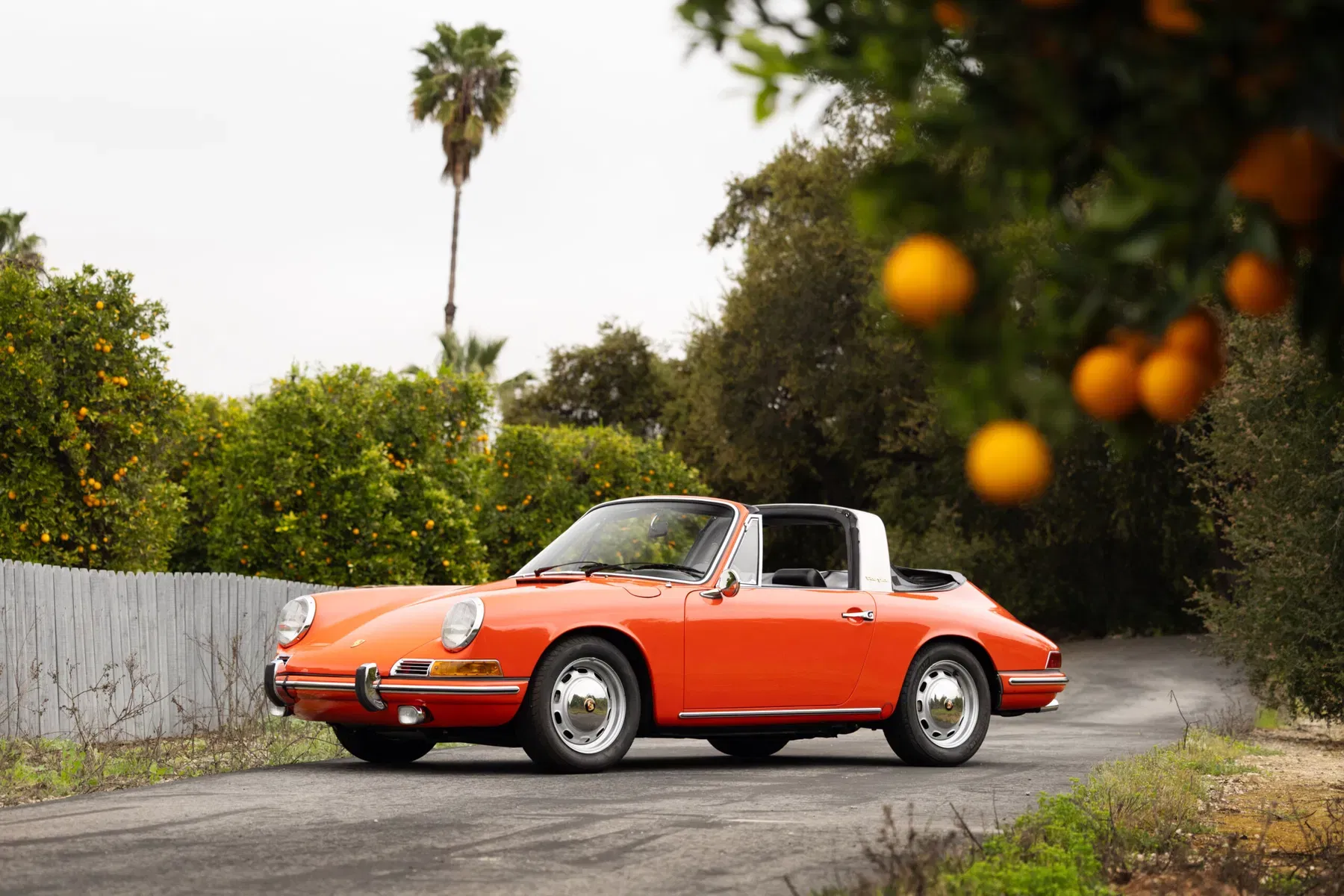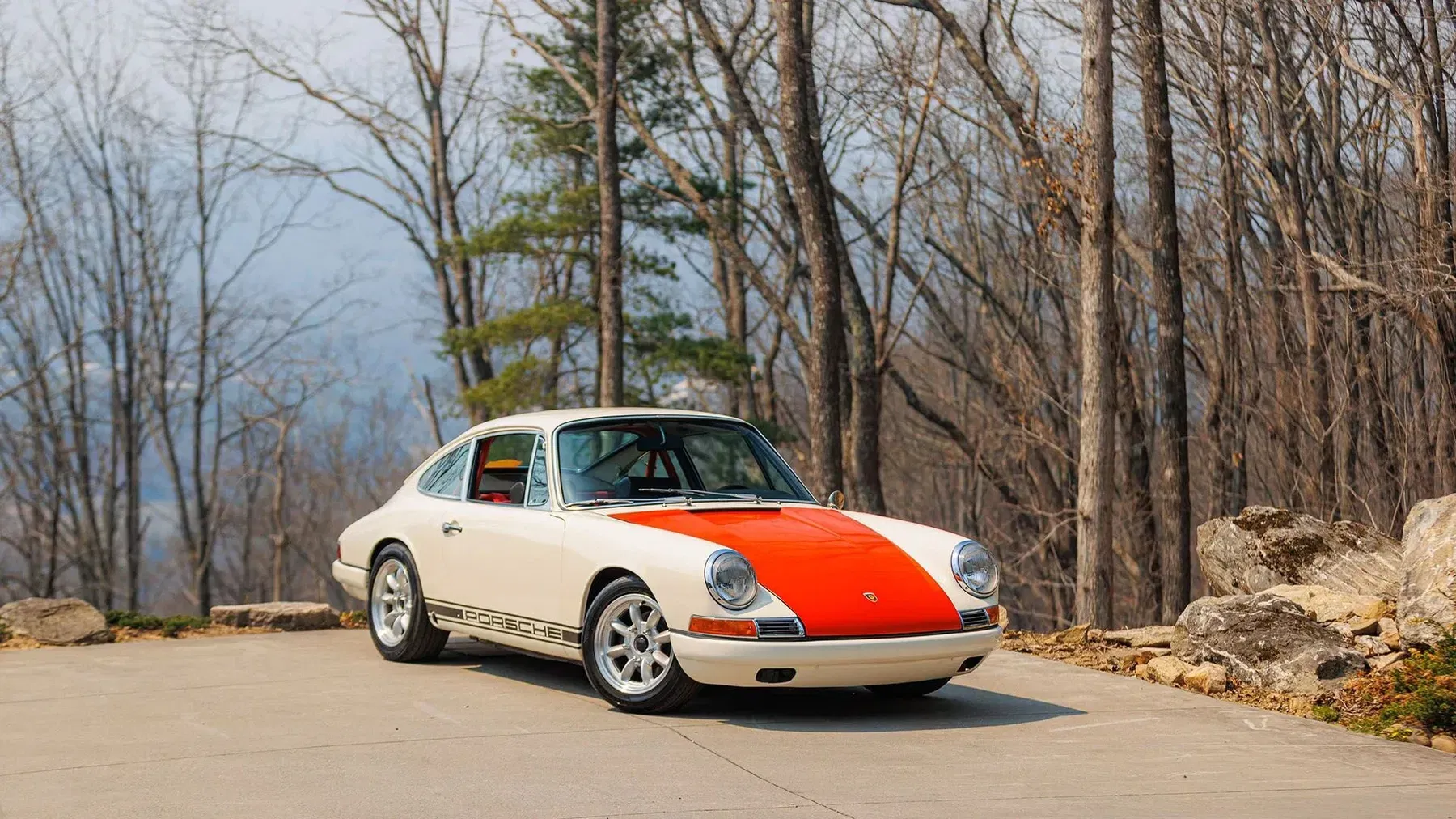
For many Porsche enthusiasts, buying cars internationally is common practice. After all, it is worth taking a look across the border, especially for particularly rare models. But since April 3, 2025, the playing field has changed: The US government under Donald Trump has introduced a new 25 percent import duty on vehicles and car parts. A measure that not only affects new cars, but could also potentially make classic vehicles more expensive and harder to access. Or could it?
One thing is certain: the US market is still one of the most important for European classics – especially the air-cooled 911s. The 25 percent tariff on vehicle imports initially put many collectors off. After all, the price of a European Porsche 964 Carrera RS or a 930 Turbo 3.3 imported to the USA would quickly increase by tens of thousands of dollars as a result of the new regulations.
Classic cars over 25 years old, like an early Porsche 996.1 GT3s or all air-cooled models, are (still) exempt from Trump’s new tariffs. © David Fierlinger, Elferspot
But there is one crucial exception: vehicles older than 25 years are still subject to the previous, significantly lower customs tariffs – usually 2.5 percent. This exception is based on the so-called “25-Year Rule”, which has been in place for decades and makes it easier for classic cars to enter the USA. For enthusiasts of historic Porsche sports cars like the 356, 911 F- or G-Models, this means the all-clear – at least for the time being.
While classic car fans can still get away with the 25-year exemption, the new customs policy is hitting the trade in new vehicles and so-called modern classics with full force. Anyone wishing to import a Porsche 992 GT3 RS or a 997 Sport Classic into the USA today will be faced with drastically increased costs. The 25 percent tariff is calculated on the entire value of the car – including optional extras and freight costs. Where applicable, customs duties are even levied on the CO2-dependent surcharges. In the case of a Porsche 992 GT3 RS with Weissach package, we would be looking at more than 75,000 US dollars in customs duties!
This development could severely slow down the business with exclusive new cars from Europe. While collectors used to be prepared to cross the Atlantic for rare specs or short-term availability, the appeal of such “gray market” imports is likely to diminish significantly. The most exciting question for customers is, of course, whether manufacturers will change their pricing or whether the full 25 percent duty will be charged to buyers.
For European Porsche fans who like to look for rare examples on the US market, the cards could also be reshuffled. This is because the European Union is currently examining countermeasures against the USA. Should retaliatory tariffs be imposed, these could make imports from the United States – and therefore maybe also classic Porsche models – more expensive. At a time when logistics costs have risen anyway, this could become a relevant cost factor for collectors and dealers.


What remains is first and foremost uncertainty. Although classic cars are currently still exempt from the high US tariffs, no one can say for sure whether this regulation will last. Dealers and collectors in particular who trade across borders should coordinate closely with customs agents and freight forwarders. And yet: the market is alive. As long as the demand for well-preserved, original Porsche classics is high on both sides of the Atlantic – and it is – a way will be found to overcome new hurdles. The Porsche market has already survived completely different crises.
The market is alive. As long as the demand for well-preserved, original Porsche classics is high on both sides of the Atlantic – and it is – a way will be found to overcome new hurdles. The Porsche market has already survived completely different crises.
Elferspot magazine